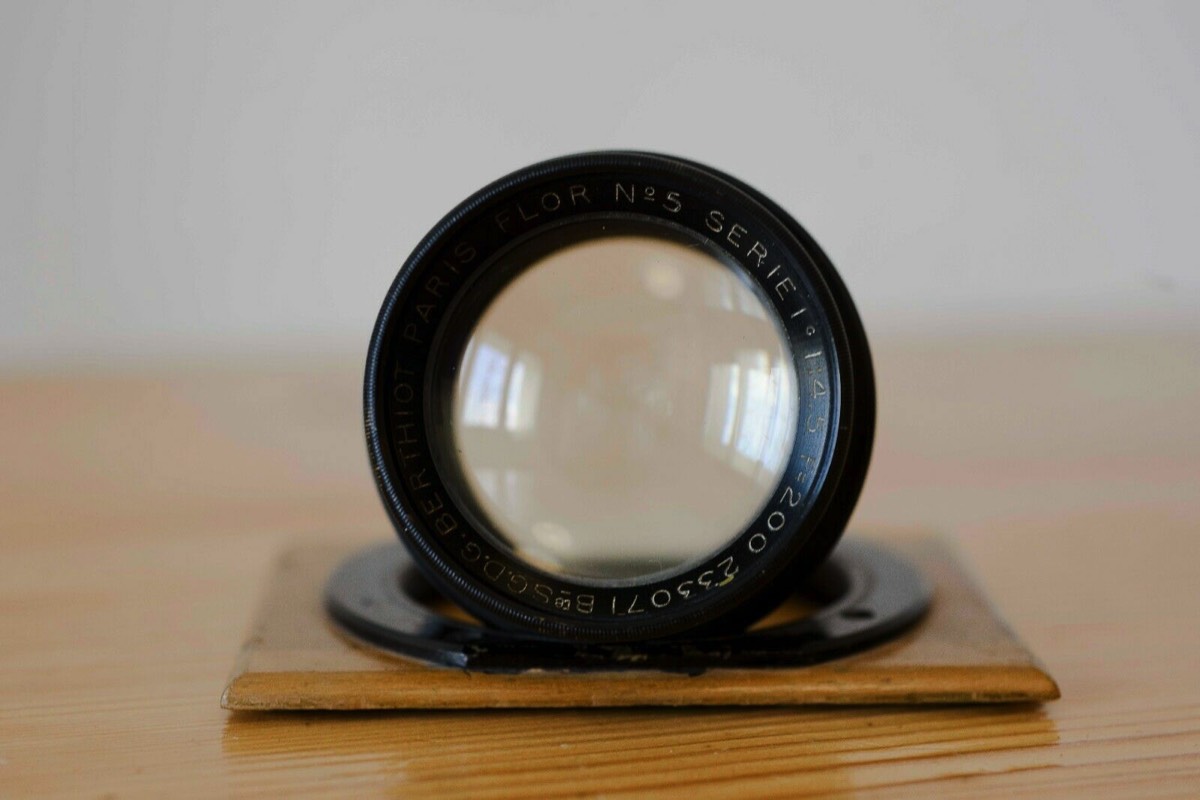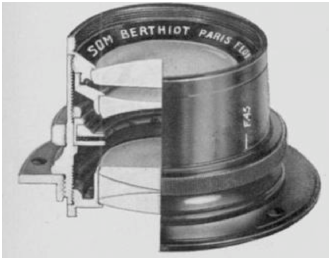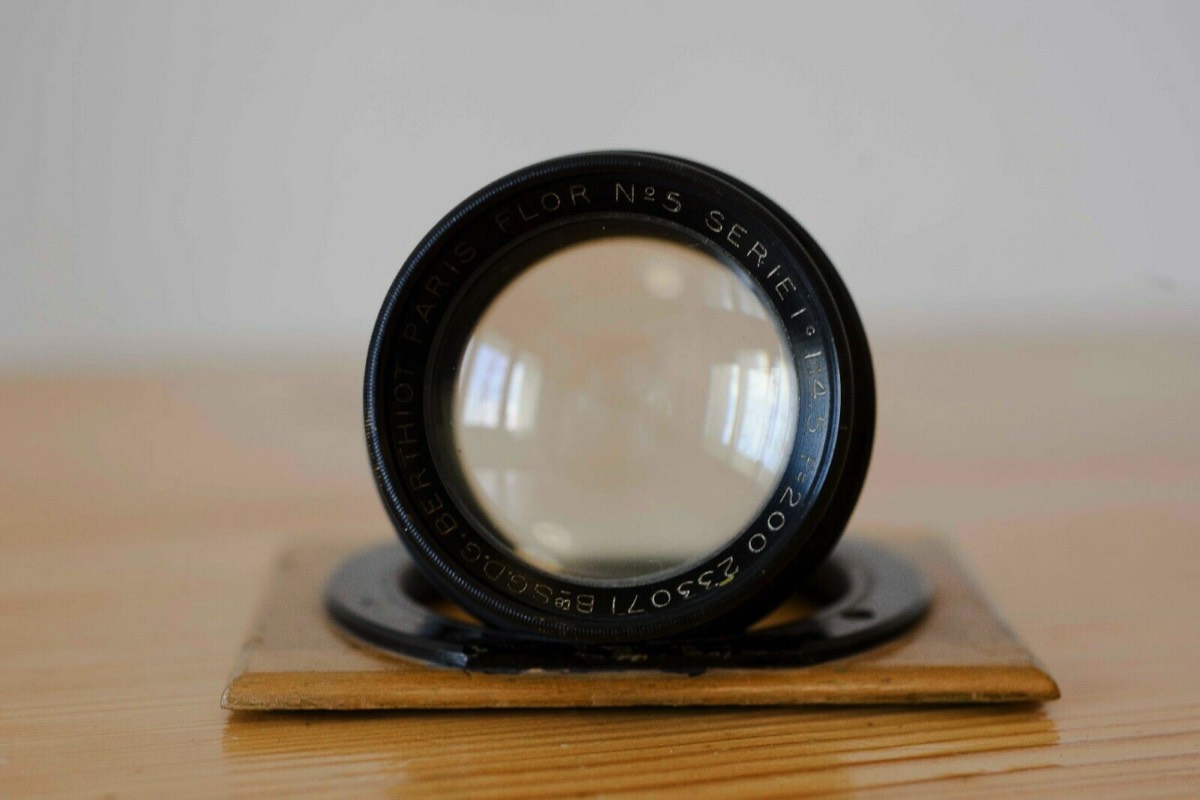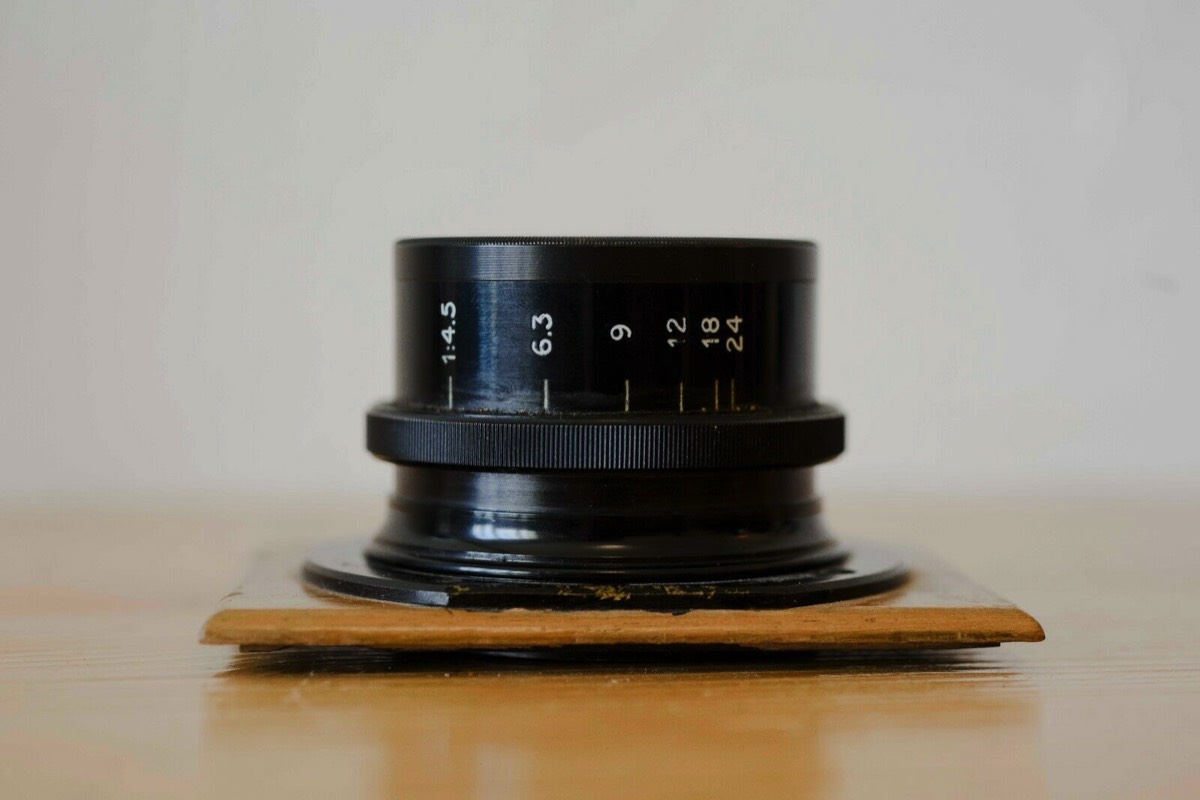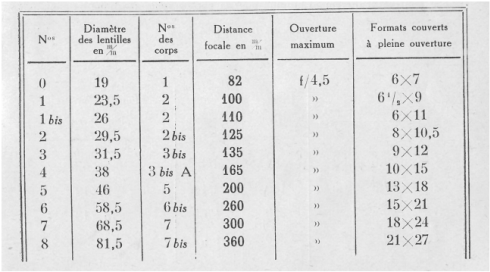The Lens details of a series of images taken by Steve Cushing on mirrorless camera.
History
Berthiot was a major French lens maker, however Berthiot’s large format lenses remain poorly known.
Claude Berthiot (1821 – 1896) began making photographic lenses in 1857. His nephew Eugène Lacour entered the business in 1884 and assumed control in 1894. From 1894 to 1908 the firm traded as Lacour-Berthiot. It was incorporated as Établissements Lacour Berthiot S.A. in 1908, with Lacour as general director and Charles Henri Florian as technical director. It operated under that name from 1908 to 1913, when it took the name La Société D’Optique et de Mécanique de Haute Precision (S.O.M). At that time the arms maker Schneider-Creusot provided a large injection of capital and took 50% of the firm’s shares. From then on it sold lenses engraved SOM Berthiot. In 1934 SOM acquired the venerable lens maker Hermagis. It eventually discontinued most Hermagis products but continued to produce and sell Hermagis’ T.P.H. process lenses and Eidoscope soft focus lenses. The firm sold SOM Berthiot lenses until the mid-1960s, when it was merged with Société Optique et Précision de Levallois, S.A. (OPL) to form SOPEM, later SOPELEM.
SOM Berthiot seems to have stopped making lenses for large format photography in the early 1950s. It continued to make lenses for small and medium format still cameras and for cine cameras and projectors, also made lenses and optical goods for military applications.
Berthiot’s first anastigmat was the Eurygraphe Extra Rapide of 1894, followed by a succession of Eurygraphes of different design types and the f/14 Périgraphe, an extreme wide angle version of the last Eurygraphe type. Eugène Lacour created all of them. Some of Lacour’s Eurygraphe variants offered in the 1908 catalog were discontinued by the time the 1912 catalog was published.
Charles Henri Florian became Berthiot’s technical director in 1908. He introduced new design types in the 1912 (Graphor, Nébulor, Olor, Stellor) and 1922 (Flor, Orthor) catalogs. The Color, also introduced in 1922, was designed by Dr. Aron Polack. Berthiot’s next new large format lens designs, Apographe, Aquilor, and Orthor (undocumented and not the same as the 1922 Orthor) appeared after the end of the second world war. None was intended for general photography.
Berthiot’s early anastigmats were engraved with trade name and “No,” short for number, but not with focal length. Catalogs had magic tables that translated trade name and No to focal length. Starting no later than around 1908 (perhaps 1910), Berthiot also engraved focal length on their lenses. I present magic tables as available.
That few new lenses were introduced after 1912 gives the false impression that technical progress at SOM Berthiot stopped shortly before the first world war. However, by the time the 1936 catalog was published Berthiot had developed a full line of lenses for cine-cameras and projectors as well as lenses for 35 mm and roll film cameras. That’s where their efforts went and where they continued to progress. I believe that’s where the market opportunities were.
In one respect, however, Berthiot showed extreme conservatism. Like many other early lens makers, Berthiot offered rapid rectilinear casket sets. After anastigmats replaced rectilinears, Berthiot offered casket sets that used Eurygraphe and, for a time, Périgraphe cells. Berthiot seems to have been the only maker offering casket sets after the late 1920s, continued with them until the early 1950s.
This lens
The Flor f/4,5 was introduced in 1921
Flor is a trade name. This lens the f/4.5 Série Ic Flor and f/3.5 Flor (1936) (no series number) are Tessar type large format lenses and should not be confused with faster double Gauss type Flors for 35 mm and roll film cameras. The catalogs don’t say so explicitly but I believe that all focal lengths of the f/4.5 Série Ic Flor are five element “Tessars” like the Série Ib Stellor.
Berthiot submitted a copy of their new lens to Société Française de Photographie for testing. The test report was delivered at the meeting of October 28, 1921 and published in BSFP. It remarks that the lens’ design resembles that of the Stellor and that it is more highly corrected. The tested lens’ focal length is 135 mm. Wide open it resolves 10 lp/mm over a 170 mm circle, 20 lp/mm over a 120 mm circle. “It is among the best lenses we have been given to examine.”
According to serial number this lens was made around 1934, full of character excellent for portrait. It covers more than 4x5 format. But before discussing the lens it is worth understanding large format lenses and focal length.
Some of the lenses used on this site are large frame. The Konica lens covers 7 x 17.
This Berthot Flor lens is smaller at 4 x 5
If we look at the difference even a 4 x 5 makes, since the aspect ratio of 4x5 film is different than 35mm and full frame sensor, it makes comparison a little less than exact. In general, you sort-of multiply the 35mm focal length by three to get close to a similar angle of view with a 4x5 lens. Here's some common large format focal lengths and their approximate 35mm equivalent.
23mm would be 75mm on 4x5
28mm would be 90mm on 4x5
45mm would be 135mm on 4x5
Or if we are using full large frame on a 35mm camera……..
150mm from a 4x5 camera will be 450mm equivalent on a full frame
200mm from a 4x5 will be 600mm field of view on a full frame sensor………
But what is the issue then and why are large frame lenses not as fast as 35mm lenses?
The problem is when we adapts a large format lens to a small camera, only a fraction of its actual image is captured. A 200mm lens designed to work in 4x5, when installed in a 35mm full-frame camera (24x36mm), will deliver the same framing of a scene that a native full-frame 200mm lens would do. But we are cropping the field of view so we have a 600mm equivalence so the images are not really comparable. It terms of pixel perfect lovers a lousy lens design made for small format will probably outperform the quality of a magnificent optic made for large format. Of course for me as an artistic photographer the imperfection is what makes a lens interesting.
The point is that in a lens concept, the focal length and image size are not inherent to that concept. Lenses are scalable. If you double all dimensions you double the focal length. What is absolute and really defines a lens concept is the angle of view and maximum aperture. And it is far more difficult to produce a lens with a broad angle of view than a narrow one. The consequence is that a large format lens will not work as a long-focus lens for a 35mm format.
In order to open the angle of view for a given lens concept, the lens designer has to sacrifice something else. The most obvious is the aperture and that indeed improves the overall image quality at the expense of darkening it.
Another option is to admit a larger circle of confusion for that design. circle of confusion (CoC) is related to the size of a point on the scene that is never rendered as an ideal point, but rather as a small surface on the image. The CoC is the diameter of that surface when seen as a disk.
About that, two assumptions are made:
1. People normally buy and use lenses in line with the format they are shooting.
2. The larger the negative/sensor format, the smaller the enlargement the printed image will need.
Images are made for humans. Billboards are not made to be seen at arm’s length. By the same reasoning, nobody browses a family album with a microscope. So it is perfectly OK to let the CoC grow with the format. It gives lens designers more freedom to enhance other features like the angle of view.
So the industry understands that while 24x36mm needs a circle of confusion around 0.0029mm, an 8×10” format can perfectly live with something 7.5 times bigger, like 0.22mm. That is why a fraction of an 8×10” image will present much lower quality when printed with the same enlargement of the same image originally done in 24x36mm format. However the circle size does have one big advantage, and that is the ability to use the lens on a shift/tilt adapter, and to me this allows for lots of creative freedom.

